The lignosulfonate additive specially used for wet-process granulated carbon black has been carefully developed for the carbon black industry through years of in-depth research and by applying advanced biomass refining technology.
Served as ideal dispersion agent in the granulation process of carbon black manufacturing
The lignosulfonate additive specially used for wet-process granulated carbon black has been carefully developed for the carbon black industry through years of in-depth research and by applying advanced biomass refining technology. Its basic structure is a derivative of phenylpropane and it has good water solubility. The lignin content is approximately between 55% and 60%. Due to the presence of various active free radicals, it is prone to internal polymerization reactions and other condensation reactions, which endow it with excellent dispersibility and binding properties.
Technical specification of SQBS-2
| Items and Grades | SQBS-1 powder | SQBS-1 Liquid |
|---|---|---|
| External appearance | Brown powder | Dark brown liquid |
| Solid content % | ≥ 93 | 48-52 |
| PH value(1%aqueous solution) | 4-8 | 6-9 |
| Water insoluble % | ≤ 0.3 | ≤ 0.5 |
| Ash content % | ≤18 | < 8 |
| Sodium % | 4-10 | ≥ 1.5 |
| Ca.&Mg.% | - | ≤ 0.3 |
| Specific gravity at 20℃ g/ml | - | 1.230-1.265 |
| Chloride content g/ml | ≤ 0.30 | ≤ 0.30 |
| 325 mesh sieve residue mg/kg | < 30 | < 10 |
| Sulfur % | < 3 | < 1.5 |
| Fe % | Trace | Trace |
*The above analysis is not formal and constantly, the values may vary depending on factors such as inspection equipment/devices, methods, and personnel.
Based on its liquid-colloid-like characteristics, this additive also has outstanding water solubility. It can be formulated into aqueous solutions with concentrations ranging from 1% to 50%, and the viscosity of the solution will increase as the concentration rises. It is an anionic external activation additive and also an excellent bonding additive that can effectively enhance the strength of carbon black particles.
In light of the unique characteristics of carbon black production, we exercise strict control over the production process of lignosulfonate by focusing on the following key indicators:
•Special techniques are adopted during the production process to remove calcium and magnesium ions so as to avoid their adverse effects on the performance of the additive.
• Multi-level fine filtration is carried out to reduce the ash content and ensure the high purity of the product.
• The content of the residue on the sieve is strictly controlled to ensure the uniformity of the product particles.
• The content of chloride ions is reduced to minimize the negative impact on product quality.
• Reduce the sulfur content
When compared to powders, liquids offer the following distinct benefits and advantages:
• Ease of Operation: Liquids eliminate the need for pre - use procedures such as heating and dissolution. This straightforward nature simplifies the application process, making it more convenient for users.
• Superior Packaging and Pollution - Reduction: Packed in flexibags or tanks, liquids can be directly transferred into storage tanks or mixing tanks. This not only streamlines the handling process but also significantly reduces secondary pollution caused by packaging waste.
• Cost and Labor - Saving: Using liquids can lead to substantial savings in loading and unloading costs. Additionally, it lessens the labor intensity for workers and shortens the overall working hours, enhancing operational efficiency.
• Eco - Friendliness: Liquids are environmentally friendly as they produce no dust pollution, contributing to a cleaner and healthier working and living environment.
Before we introduced the liquid lignin onto the market, the carbon black production companies had always been using powdered lignin as a binder for pelletizing. After trying out the liquid product, they quickly switched entirely to the liquid one. The result is self-evident. This liquid product has indeed brought benefits to our customers, saving labor and working time and significantly reducing production costs.
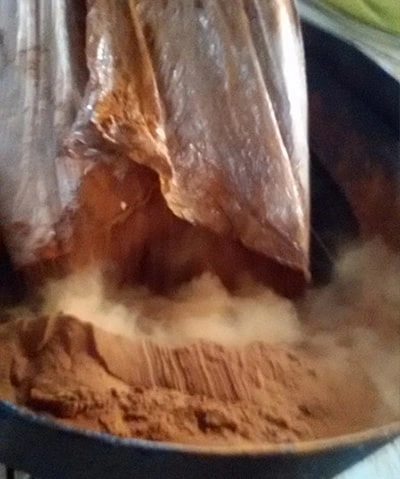 |
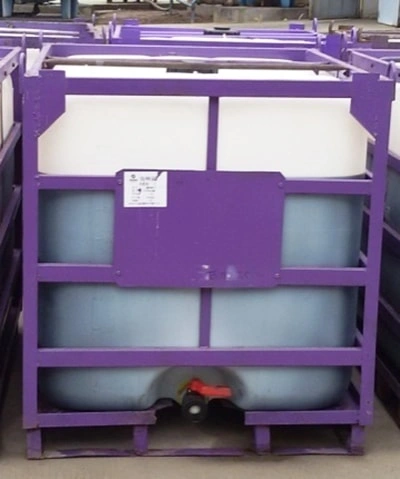 |
This product uses 100% renewable corncobs as the sole raw material. Relying on the Integrated Biomass Refining Technology (IBRT) platform and applying the Tri-Element Separation method (TESM), the raw material is transformed into natural ecological pulp, and the lignin part is extracted. The extracted lignin can be used in the production of carbon black binder, dye dispersants, animal feed additives, asphalt emulsifiers, etc.
During the cooking process, approximately 12% sodium sulfite is added in proportion, which acts as a sulfonation agent. The content of sodium sulfate after sulfonation reaction is less than 1%.
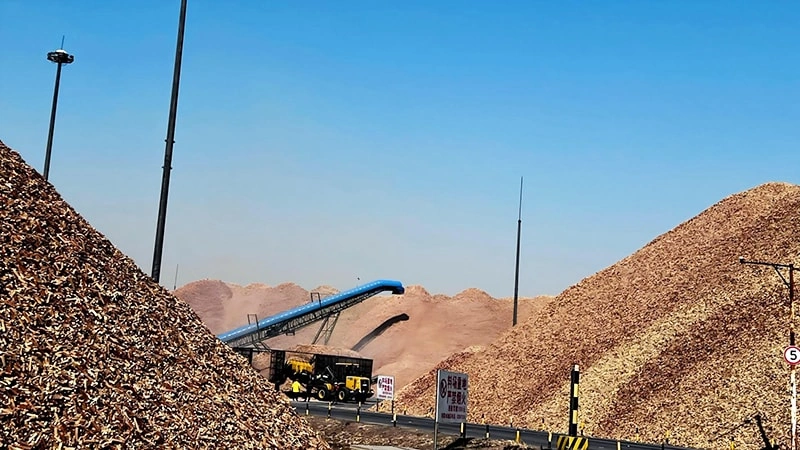
Raw materials stockpile
After more than ten years of practice, customers have witnessed a remarkable improvement in product quality after using our products. As an important additive with excellent dispersion and bonding properties, although its dosage in the CB manufacturing process is very small (about 1%), it is highly effective in improving the specific surface area and adsorption properties of CB and increasing the hardness of particles.
In addition, the biomass refining technology, along with the green attributes of its 100% renewable and biodegradable raw materials, endows this product and its users with more profound practical significance in the global context of energy conservation and carbon reduction.
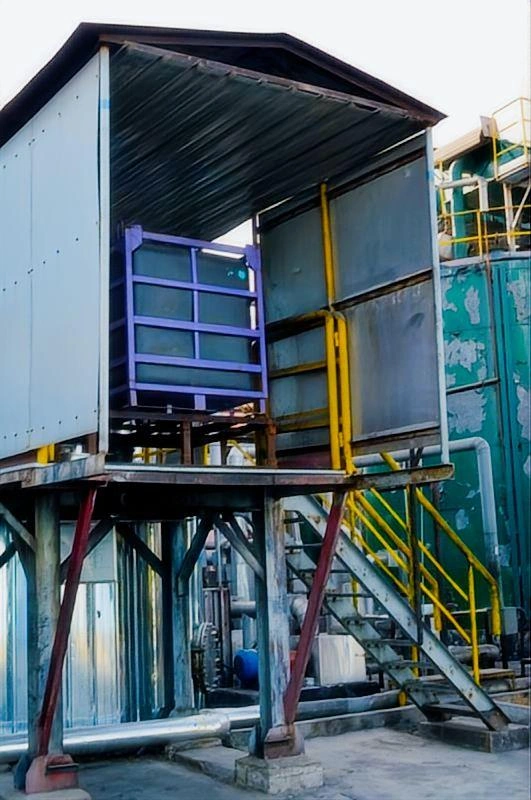 |
Usage and Dosage
1. Both grades of this product are highly versatile. They can be used in a proportional manner in conjunction with other additives. This collaborative use can enhance the overall performance of the formulation. Additionally, they can also be prepared into solutions with a precisely specified concentration, meeting different application requirements. 2. For the efficient dissolution of the binder and to unlock its maximum effectiveness, it is crucial to control the temperature of the water employed in the granulation process. The temperature should be consistently maintained at a level above 40 degrees Celsius. This temperature control ensures that the binder can be fully dissolved and evenly distributed, thus playing its role in the granulation process more effectively. |
|
Operating temperature
Lignin can maintain its structural stability at high temperatures. At around 60 °C, the hydroxyl groups (-OH) in lignin may undergo a formylation reaction to become methoxycarbonyl groups (-COOCH₃). This is a partial esterification reaction that does not completely alter the structure of lignin. Lignin can maintain stable properties at low temperatures as well, it will not crystallize even in environments below minus 20 degrees Celsius
Packaging and Storage
• For the powdered form, it is packaged in FIBC (Flexible Intermediate Bulk Container) with a net weight of 500 kg per bag. • For the liquid form, it is filled into FLEXI bags. Each FLEXI bag can hold 25,000 - 26,000 kg and is suitable for loading into a 20 - foot container. • Store the product in a cool and dry warehouse environment. Keep it away from direct sunlight to prevent any potential degradation or quality changes. • The product has a shelf - life of 1 year under proper storage conditions. |
 |
High purity binder customized for specialty carbon black
High performance sodium lignosulfonate, specifically tailored for specialty carbon black. It is characterized by a high lignin content ( > 65%) and a low ash content ( < 1%). With its excellent dispersion and binding capabilities, it is applied in the granulation process of specialty carbon black production.
Technical specification of SQMT-1
| Items and Grades | SQMT-1 |
|---|---|
| External appearance | Dark brown liquid |
| Solid content % | ≥ 60 |
| PH value(1%aqueous solution) | 3 -7 |
| Water insoluble % | ≤ 0.3 |
| Ash content % | < 1 |

Specialty carbon black is a type of carbon black developed to meet specific performance requirements. It is widely used in the manufacturing of coatings and inks. In the field of electronic materials, it is applied in electronic devices such as batteries and supercapacitors, providing stable electrical conductivity for these devices. In addition, specialty carbon black has a high specific surface area and good dispersibility, making it play an important role in fields such as catalyst preparation and pigment production.
Compared with the carbon black used in tires and rubber, the production of specialty carbon black has more stringent requirements and unique technical key points in terms of raw material selection and process control. This is reflected in the granulation process, where strict requirements are imposed on the purity and dispersibility of the binder.
SQMT - 1 specifically for specialty carbon black. With its outstanding dispersibility and high - purity advantages, this binder has received high recognition in the market since its launch. Currently, it has been adopted by many well - known carbon black companies in the industry. Based on the feedback received, the result is remarkable.
Compared with maltose and ALS
This product boasts a purity comparable to that of maltose, with an extremely low ash content, the standard is less than 1%, and the actual measured value is around 0.3%.
it contains abundant active ingredients. Its unique phenylpropane structural units, composed of various functional groups, endow the product with excellent water - solubility and interfacial activity. Therefore, compared with maltose, SQMT-1 exhibits even more outstanding dispersion performance.
Ammonium lignosulfonate on the other hand, is derived from the ammonium sulfite pulping process. However, ammonium sulfite itself has hazardous properties and emits an unpleasant odor that is difficult to remove, this odor will persist in the finished product .
While Sodium lignosulfonate is produced using 100% renewable materials. Sodium sulfite, which acts as a sulfonation agent added during Acid sulfite cooking, the flue gas generated by it at high temperatures is completely evaporated during the process and finally exists in finished product in the form of sodium ions . The content of sodium in CB binder is usually controlled to be less than 4%.
This product is completely biodegradable. In solid form, it appears as brown powder, and in liquid form, it is a dark brown viscous liquid, both emit a unique fragrance of natural plants.
The effect of lignin binder index on carbon black
1. The influence of calcium and magnesium ions on carbon black is mainly reflected in its physical and chemical properties. Specifically, these ions can change the application effect of carbon black by acting on its surface characteristics and reactivity.
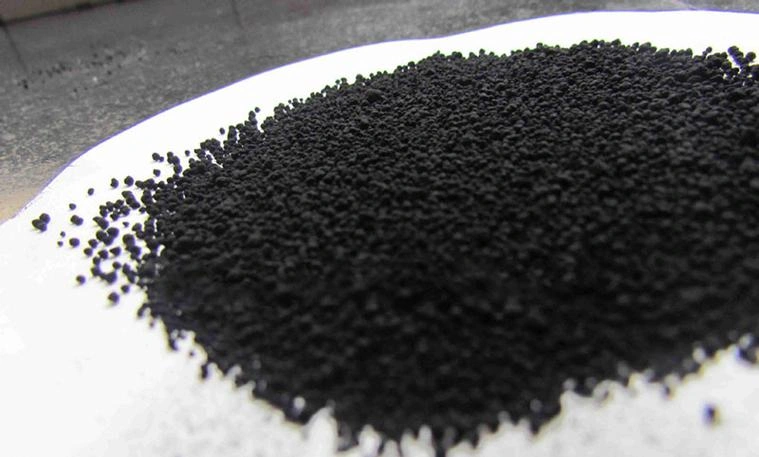
On Physical Properties of CB
• Surface Characteristics: Calcium and magnesium ions tend to be adsorbed on the surface of carbon black, thus changing its surface properties. For example, calcium and magnesium ions are very likely to react with the oxygen-containing functional groups on the surface of carbon black. This reaction promotes the formation of new compounds and eventually leads to changes in the surface chemistry of carbon black.
• Dispersibility: The presence of calcium and magnesium ions is likely to interfere with the dispersibility of carbon black. These ions will create obstacles in the process of carbon black dispersing in the medium. As a result, carbon black is difficult to disperse evenly in the medium, and in some cases, agglomeration phenomena may even occur.
On Chemical Properties of CB
• Reactivity: Calcium and magnesium ions can react with the active sites on the surface of carbon black, thus affecting the reactivity of carbon black. For example, in the production process of rubber products, calcium and magnesium ions will affect the vulcanization rate and the overall vulcanization effect of carbon black. This influence will eventually affect the final performance of rubber products.
• Stability: The presence of calcium and magnesium ions may also affect the chemical stability of carbon black. These ions can promote or inhibit the occurrence of certain chemical reactions. Therefore, under specific environmental conditions, calcium and magnesium ions largely determine the stability of carbon black.
Influence and Countermeasures in Practical Applications
• Rubber Products: In the field of rubber product production, the impurity content in carbon black has a crucial impact on product performance. Impurities such as calcium and magnesium ions will reduce the quality of carbon black and then affect the processing performance and service life of rubber products. Therefore, strictly controlling the impurity content in carbon black is the key to ensuring the quality of rubber products.
• Other Application Areas: In other application areas such as plastics and coatings, the presence of calcium and magnesium ions will also affect the performance of carbon black. For example, in plastic products, carbon black is often used as a UV stabilizer, and its particle size and surface chemical properties play a decisive role in the protection effect. The presence of calcium and magnesium ions will change these key properties and eventually affect the protection effect of carbon black in plastic products.
2. Specific Influence of Ash Content on the Properties of Carbon Black
On physical Properties
The ash content in carbon black mainly stems from inorganic impurities and dissolved inorganic salts in feedstock and auxiliary materials as well as process water. These inorganic components remain after high - temperature treatment, forming the ash. The presence of ash may affect the purity and color of carbon black. Since ash is inorganic in nature, it may alter the appearance and tactile feel of carbon black.
On chemical Properties
In addition, the ash content also has a certain impact on the chemical properties of carbon black. Although ash itself is inert, in some applications, its presence may influence the reactivity of carbon black. For example, in the rubber industry, an excessively high ash content in carbon black may affect the performance of rubber products, such as tensile strength, modulus, and tear resistance. Lignin is the most important auxiliary raw material in the carbon - black manufacturing process, and there are extremely strict standards and requirements for its ash content.
3. Influence of Sieve Residue on Carbon Black
The impact of sieve residue on carbon black is mainly manifested in particle - size distribution and specific surface area. Sieve residue refers to the part of carbon - black particles that remains on the sieve during the screening process.
The amount of sieve residue directly affects the particle - size distribution and specific surface area of carbon black. The more sieve residue there is, it indicates that the carbon - black particles are larger, the particle - size distribution is more uneven, and the specific surface area is smaller. Conversely, the less sieve residue there is, the carbon - black particles are smaller, the particle - size distribution is more uniform, and the specific surface area is larger.
4. The influence of chloride ions on carbon black is mainly reflected in the following aspects:
Impact on the Purity and Quality of Carbon Black
Chloride - ion impurities can significantly affect the quality of carbon black. During the carbon - black production process, the presence of chloride ions leads to a decrease in the purity of carbon black, which in turn impacts its physical and chemical properties.
Impact on the Preparation Process of Carbon Black
During the preparation of carbon black, chloride - ion impurities generate sodium chloride that gets entrapped in the carbon black and is difficult to separate. This interferes with the carbonization reaction of carbon black, thereby affecting its preparation process and the quality of the final product.
Impact on the Performance and Application of Carbon Black
The presence of chloride ions may reduce certain properties of carbon black, such as electrical conductivity and thermal stability. These changes in properties will affect the application effects of carbon black in fields such as batteries, rubber, and plastics.
In addition, the main hazards of chloride ions to pipelines include promoting pipeline corrosion, cracking, and leakage, as well as damaging the anti - corrosion coating. Chloride ions accelerate the corrosion of metal materials inside the pipeline, causing the wall thickness of the pipeline to thin and eventually leading to leakage. Moreover, chloride ions can also damage the anti - corrosion coating of the pipeline, reducing its protective effect and accelerating the aging of the pipeline.
5. The influence of sulfur content on carbon black is mainly reflected in the following aspects:
Impact on the Reaction Temperature during Carbon Black Generation
During the high - temperature reaction process, raw material oils with a high sulfur content will form substances such as HS, CS₂, SO₂, and free sulfur. These substances lower the reaction temperature, thus affecting the generation process of carbon black.
Impact on the Quality and Performance of Carbon Black
Part of the sulfur remains in the carbon - black particles in the form of chemical combination with carbon black, forming hard carbon, which impacts the quality and performance of carbon black. In addition, some gaseous sulfides are discharged with the exhaust gas, generating sulfuric acid and sulfurous acid. This not only further reduces the quality of carbon black but may also damage equipment and pollute the atmosphere.
Impact on the Physical Properties of Carbon Black
The sulfur content also affects the physical properties of carbon black. For example, an excessive amount of free sulfur can cause early vulcanization of the rubber compound, reducing the usability of the rubber material.

Biomass refinery integrated technology - Convert low-value feedstocks into high-value sustainable chemicals and degradable materials .This new technology innovatively uses new biological solvents to carry out selective physical dissolution and separation operations on biomass raw materials.

In the treasure trove of natural substances, cellulose holds a unique and crucial position. At the microscopic level, cellulose is a large-molecule polysaccharide formed by the linkage of glucose molecules. It has a "aloof" nature, being insoluble in water and not readily interacting with common organic solvents.

Hemicellulose, as a kind of biopolymer, is a mixture of highly branched low-molecular-weight homopolymers and heteropolymers. It is widely distributed in plants, accounting for about 15% - 20% in coniferous wood, and 15% - 35% in broad-leaved wood and gramineous grasses. It coexists with cellulose in the plant cell wall.